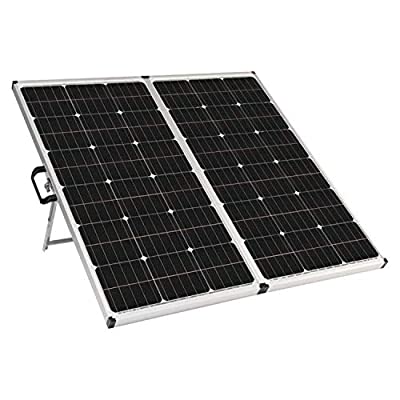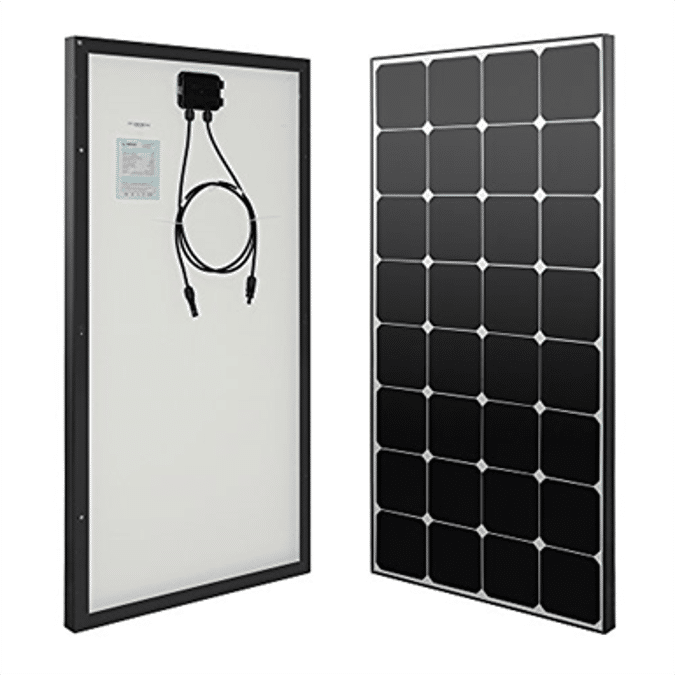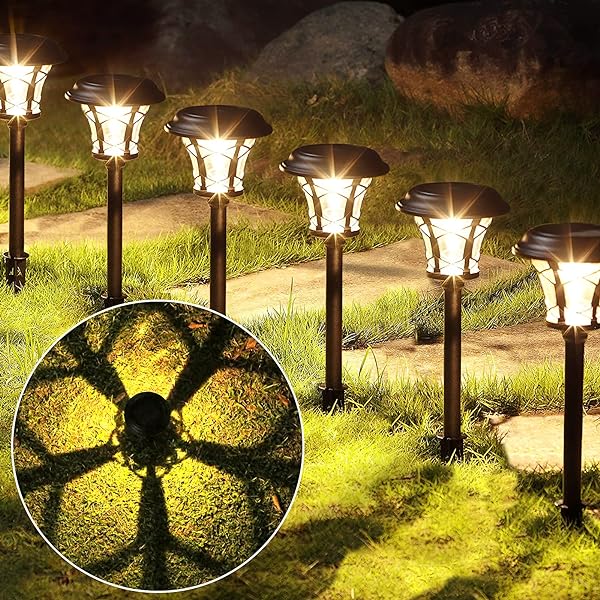The sun is at the center of our Solar System. It is a ball of hot plasma with a diameter of 109 Earth placed side-by-side and a mass of 330,000 times the mass of Earth.
The composition of the Sun’s atmosphere is approx. 73% of Hydrogen and approx. 25% of Helium, with smaller quantities of Oxygen, Carbon, Neon, and Iron.
Sun does not have a solid surface or a solid core. However, the different layers of the Sun’s atmosphere produce energy which illuminates the Sun.
The inner layers of the Sun include: Core, Radiative Zone, and Convection Zone.
The outer layers of the Sun include: the Photosphere, the Chromosphere, the Transition region, and the Corona.
Inner layers
Core: With a temperature of approximately 15 million K and 20% of the size of the solar interior, it is the hottest part of the Sun.
Radiative Zone: The light that the core generates is transported through this region. This region is at a 25% distance from the solar interior, extending up to 70% of the way to the surface.
Convection Zone: The outermost layer of the solar interior, this region is approximately 200,000 kilometers thick. It transports the energy from the Radiative zone to the surface.
Outer Layers
Photosphere: It is the deepest layer in the outer shell. It extends up to 400 Km from the solar surface. The temperature varies between 6500 K at the bottom and 4000 K at the top.
Chromosphere: This region is between 400 km and 2100 km above the solar surface. The temperature in this region varies between 4000 K at the bottom and 8000 K at the top.
Transition Region: This is a narrow layer of 100 km between the Chromosphere and the Corona. The temperature in this region rises to 500,000 K.
Corona: This the outermost layer of the Sun. The layer extends for about 2100 km above the Photosphere. The temperature in this region is 500,000 K or up to a few million K. The corona can only be seen during a total solar eclipse or with a Coronagraph.





